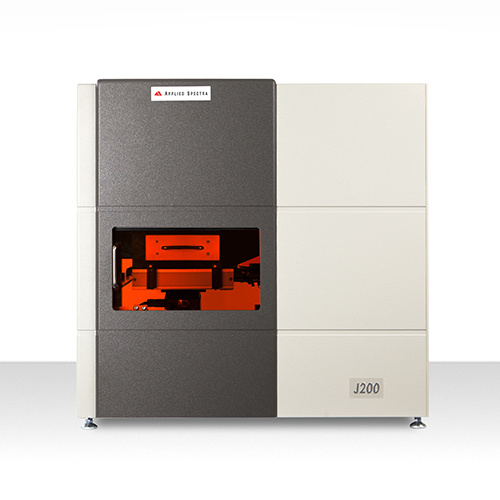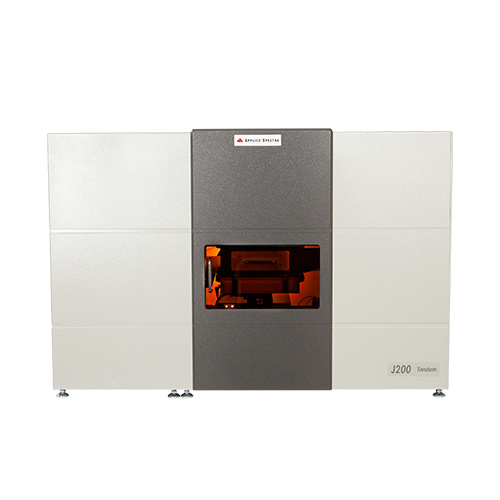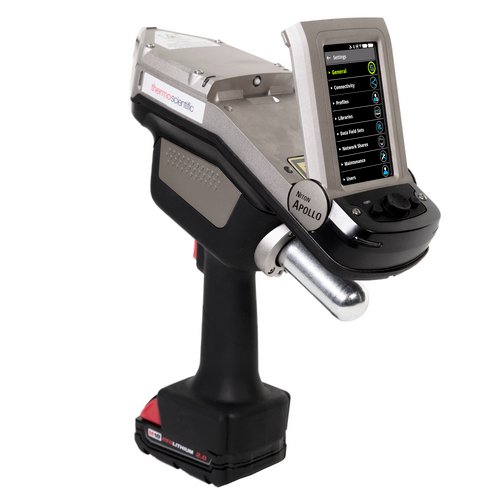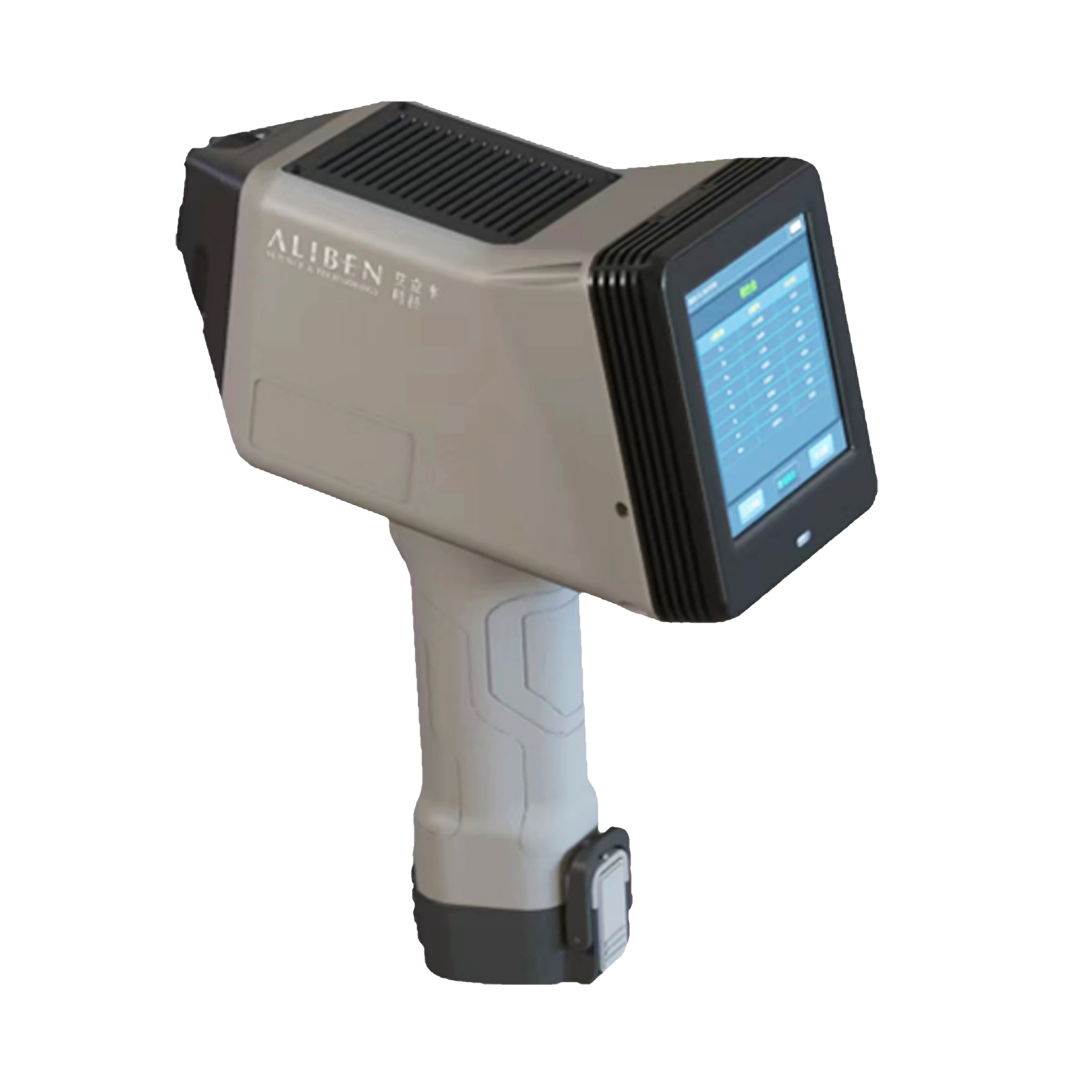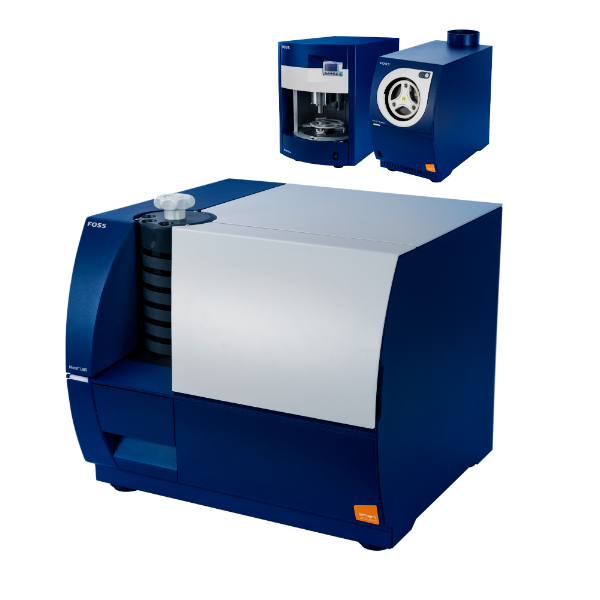LIBS仪器可有效监测陶瓷制造过程不同阶段的二氧化硅含量的变化。这项研究表明J200 LIBS技术在对粉状样品、粉末压块和完全烧结的透明陶瓷进行快速的QC添加剂含量方面具有很大潜力。LIBS能够有效和高效地分析陶瓷材料,这些材料难点在于实现可重复测量的一致消解方面。此外,LIBS还提供了一种分析能力,用于可视化添加剂的不均匀性及其对制造光学陶瓷性能的影响。J200 LIBS仪器为陶瓷制造商开发和监测陶瓷烧结过程提供了新的分析功能,并通过严格的化学控制确保最终产品的zui佳性能。
方案详情

Transparent ceramics are an important class of opticalmaterials with wide ranging applications such as instreet-lighting, high-strength windows, electro- andmagneto-opticalisolators.,1high-powerlasergainmedia and nuclear radiation detectors. Compared tosingle-crystal growth, ceramic processing enables sizescalability and prevents issues associated with dopantsegregation and inhomogeneity, such as stress-inducedbirefringence and wavefront distortions. The fabricationof high optical grade ceramics by powder sintering relieson a controlled set of techniques to prevent the formationof scattering centers (pores and secondary phases) andharmful point defects (color centers and charge-carriertrapping sites). Various ceramic applications require the sintering ofpowders to full density to enhance their structural,electronic or optical characteristics. In many instances,this is accomplished by adding percent-level inorganicadditives to ceramic powders, to help control the mobilityof pores relative to the grain-boundaries during sintering.An important optical material in which the sintering aidplays an integral role in densification is yttrium aluminumgarnet (YAG, YAl,O) laser ceramics. Silica (SiO,) asa sintering aid plays a critical role in the fabrication ofpore-free, optically transparent YAG ceramics. Silica isoften introduced as a fine soot or from the hydrolysis oftetraethyl orthosilicate (TEOS, (C,H,O) Si). While the latter approach provides a better incorporationof SiO, by coating the starting powders uniformly, theexact amount of silica introduced through this methodis difficult to assess due to the limited surface hydrationof the powders and possible evaporation loss of TEOS.Furthermore, although higher concentration of SiO, withinthe solubility limit in YAG may be beneficial in reducingthe sintering time and temperature, it can also leadto broadband absorption loss in the visible and near-infrared. Modern fabrication techniques aim towardsreducing the silica content in the final product and theeffectiveness of the protocol to achieve this goal can betested only if the remnant silica can be quantified. In this study, the J200 LIBS Instrument was used to investigate the amount of silica at various stages of the YAGfabrication [1]. ICP-OES has been frequently used for sintering aid and impurity analysis for ceramic materials butchallenges in obtaining complete digestion of the samples and time-consuming and dangerous sample preparationsteps make this technique unfit to be used as an in-line technique. We highlight below the use of the J200 LIBSInstrument for rapid determination of silica additive for YAG ceramics at different stages of the fabrication process tomonitor its loss directly from solid samples. The powder compacts (commonly known as green bodies) used inthis study were prepared by blending high-purity aluminum oxideand yttrium oxide powders in stoichiometric amounts. The sinteringadditive was introduced to the blend in the form of SiO, powder orTEOS at a mass fraction of 0.5 wt% for SiO,powder and 0.5 and 20wt% for TEOS, respectively. The powder mixtures were ball-milled,spray-dried and turned intopellets using uniaxial pressing followed by cold isostatic pressing toproduce compact green bodies. The green bodies were heated inair at 600°℃ for an hour, sintered in vacuum (10-6torr) at 1735℃ for16 hours, and subsequently annealed in air at 1100℃ for 100 hours.The amount of silica in the pellets was measured by LIBS after coldisostatic pressing, calcination and vacuum sintering (identified bystars in Fig. 1). Operating Parameters Applied Spectra Inc.'s J200 LIBS Instrument 266 nm Nd:YAG laser (ns) and ICCD LIBS detector (HP model). Applied Spectra Axiom Software for instrument operation control FlexTM sample chamber (measurement in air) 100 micron laser spot size 4x3 grid laser sampling over 1.2x1 mm?area LIBS data treatment and quantification of SiO, by Clarity LIBS Software Figure 1. Flow chart for the fabrication of rare-earth (RE)doped YAG transparent ceramics. Samples for analysis weretaken out at the steps marked by stars. J200 LIBS Instrument (HP Model) Sample Analysis Ceramic samples were analyzed by the Applied Spectra J200 LIBS Instrument equipped with sensitive ICCD detector.The laser ablation was performed using a 100-micron spot size and 4 x3 grid pattern over 1.2X 1 mm area. Thespot size chosen was substantially larger than the individual particles and crystallites of the powder compacts andsintered ceramics. Hundred spectra were accumulated on a single location to improve the signal-to-noise ratio, andthis acquisition was repeated over 12 different locations to average any possible sampling inhomogeneities (Fig.2(a)). A set of calibration standards was prepared using a stoichiometric mixture of aluminum oxide and yttrium oxidepowders. Silica powder was added to obtain powder compacts with 0, 0.17, 0.64,0.84 and 1.08 wt%SiO, respectively.These mixtures were homogenized in the presence of ethanol in an alumina mortar, dried and uniaxially pressed toform powder compacts. The silicacontentintheYAGsamples was measured using theintegrated intensity ratio of neutralsilicon(288.158 nm) andneutrayttrium(288.654 nm) lines.TThecalibration l curve was obtainedusing the standards prepared forthis purpose and is shown in Fig.3. The figure shows, the normalizedpeak area of the Si line (Asi) plottedand fitted against the concentrationof SiO, (Wsio,) present in the YAGsamples using a linear regression(ASi=mWsio,). Figure 2. (a) Picture of an optical ceramic sample analyzed in the study. The inset shows the ablation cratersafter the LIBS analysis. (b) Representative emission spectrum of a YAG ceramic analyzed by LIBS for theconcentration of silica at 0.838 wt%. The grey area in the figure represents the 1-sigma standard deviation ofthe signal and the solid red curve is the average spectrum. Using this calibration curve, the amount of SiO, was monitored at differentsteps of reactive sintering fabrication process (Table 1). The estimatedconcentration of silica shows the loss of silica in varying amounts atinvestigated fabrication steps.Overall, 71% and 98% of silica was lost forthe YAG samples with 0.5 and 20 wt% TEOS respectively. A powder compact with silica soot as an additive lost 88% after sintering(Fig. 4). These results may indicate that the exact amount of silica lossvaries greatly and depends on the fabrication protocol. Figure 3. Calibration curve for determination of SiO,concentration in YAG ceramics. Table 1. Evolution of the concentration of SiO, in a transparent YAG ceramic sample at different stages of reactive sintering of Y 0, and Al 0, powders doped with0.5wt% TEOS. Ceramic sample state SiO, (wt.%) Incremental loss of Sio, (%) Cumulative loss of SiO, (%) Powder mixture before drying 0.145 0 0 Green body 0.111 24 24 Green body calcined at 600°C 0.104 6 28 Sintered ceramic at 1735°C 0.041 60 71 Conclusion In this work, the J200 LIBS Instrument with sensitive ICCD detector,was successfully used to analyze the content of silica additive inoptical YAG ceramics. The J200 LIBS Instrument was effective inmonitoring the evolution of silica content at different stages of theceramic fabrication process. This study demonstrated a strongpotential of the J200 LIBS technology in performing rapid QC foradditive content for powdery samples,powder compacts, and fully-sintered transparent ceramics. Figure 4. Change of the SiO,content for sintered YAG ceramicswith respect to that of green bodies at different initial amount ofsilica precursors. This study also shows that LIBS effectively and efficiently analyzesceramic materials that pose great challenges in achieving consistentdigestion for reproducible measurements. Furthermore, LIBS offersan analytical capability for visualizing heterogeneity of additives and its effect on performance on fabricated optical ceramics. The J200 LIBS Instrument offers new enabling analyticalcapabilities for ceramic manufacturers to develop and monitor ceramic sintering processes with tight chemistrycontrol that ensures optimum performance of the final products. References 1. Pandey, S.J. et al., Quantification of SiO, sintering additive in YAG transparent ceramics by laser-induced breakdownspectroscopy (LIBS). Optical Material Express, 2017 7(5),p. 1666-1671. Acknowledgment Applied Spectra expresses special thanks to Dr. Mauro Martinez, Dr. Matthieu Baudelet, and Dr. Romain Gaume atUniversity of Central Florida for sharing research results based on which this application note was written. Telephone::++1510.657.7679 APPLIEDSPECTRAwww.AppliedSpectra.comTransforming the way the world does chemistry 掺0.5wt% TEOS的YAG透明陶瓷试样在不同反应烧结阶段中SiO2浓度的变化。Ceramic sample state SiO2 (wt.%) Incremental loss of SiO2 (%) Cumulative loss of SiO2 (%) Powder mixture before drying 0.145 0 0 Green body 0.111 24 24 Green body calcined at 600ºC 0.104 6 28 Sintered ceramic at 1735ºC 0.041 60 71
确定

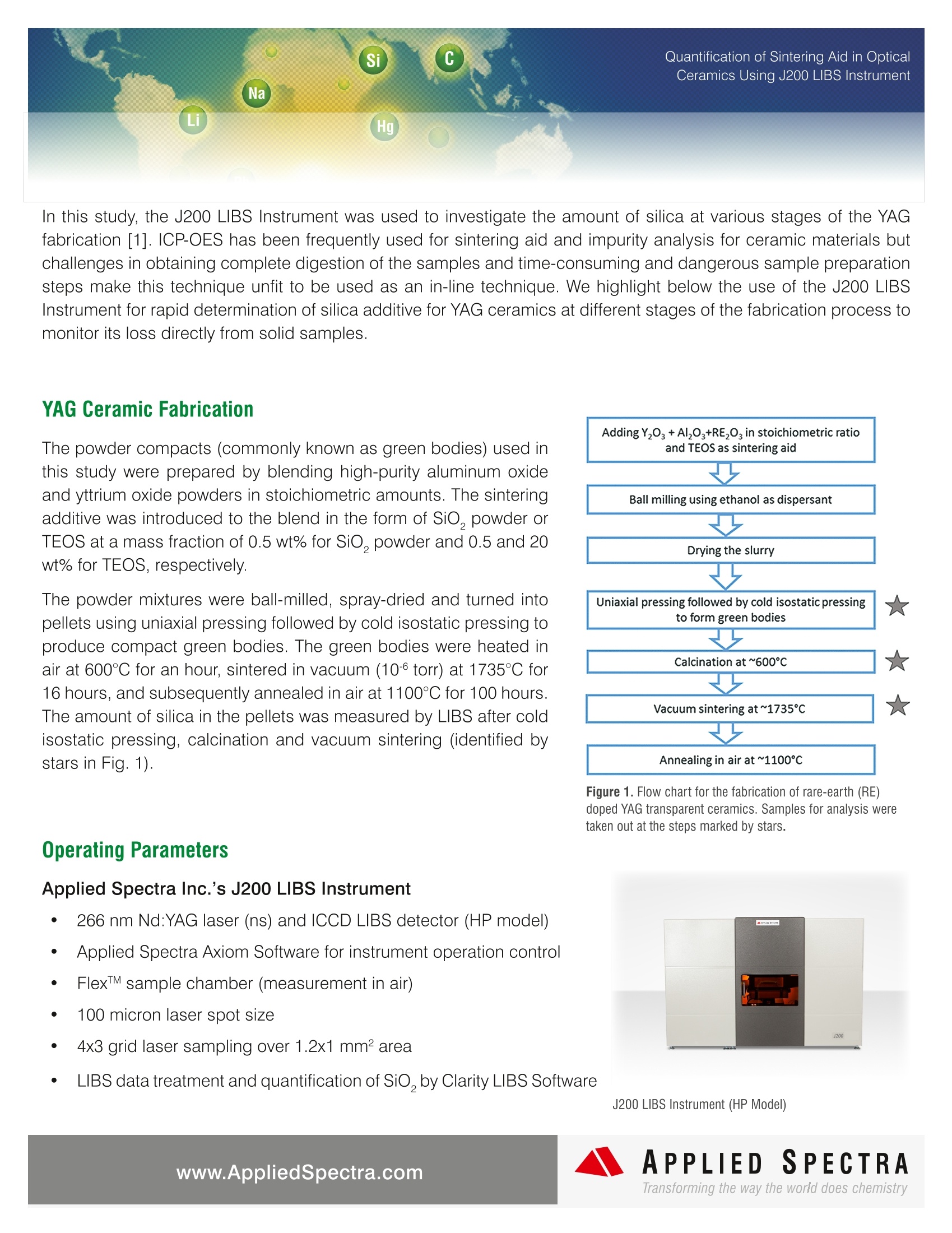
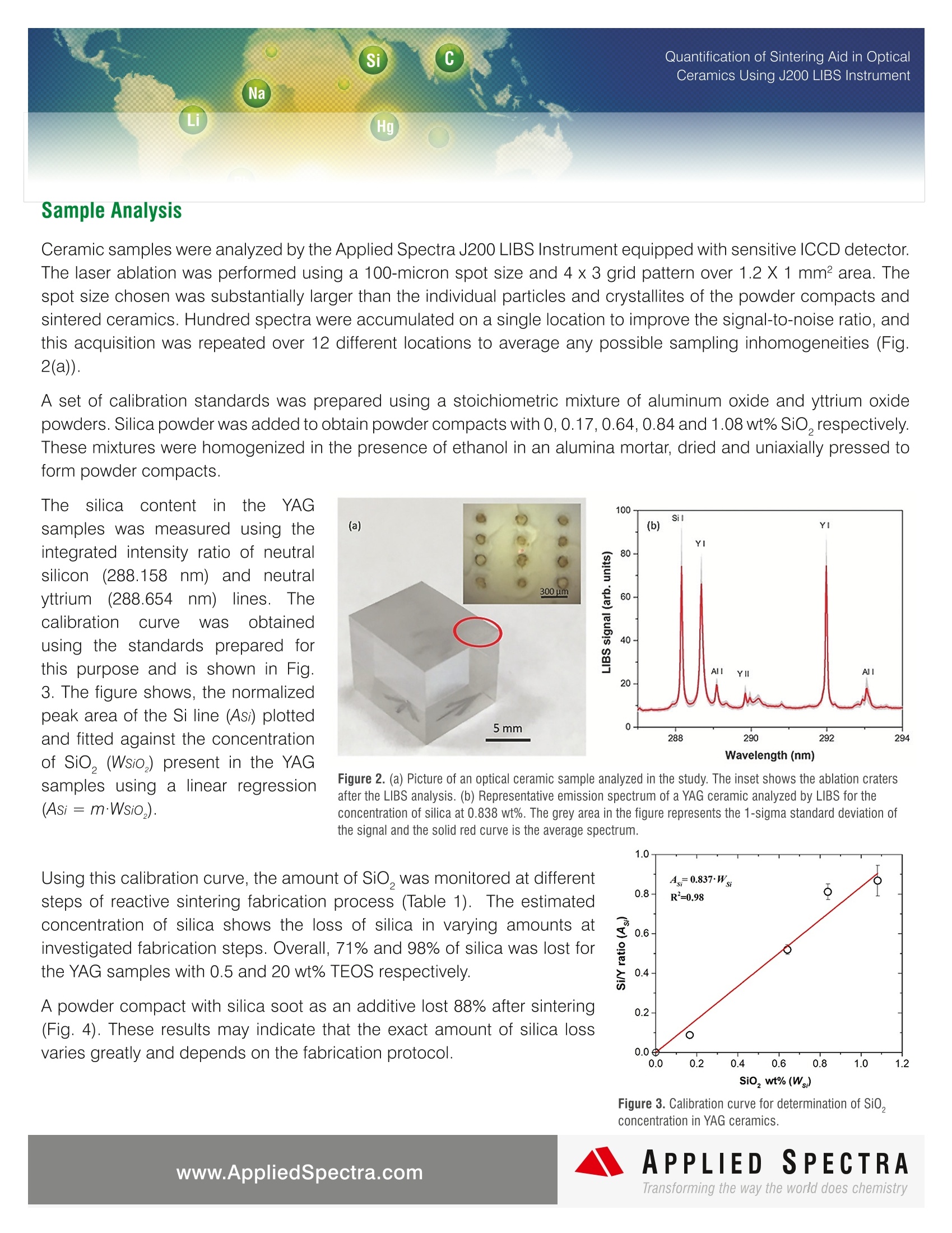
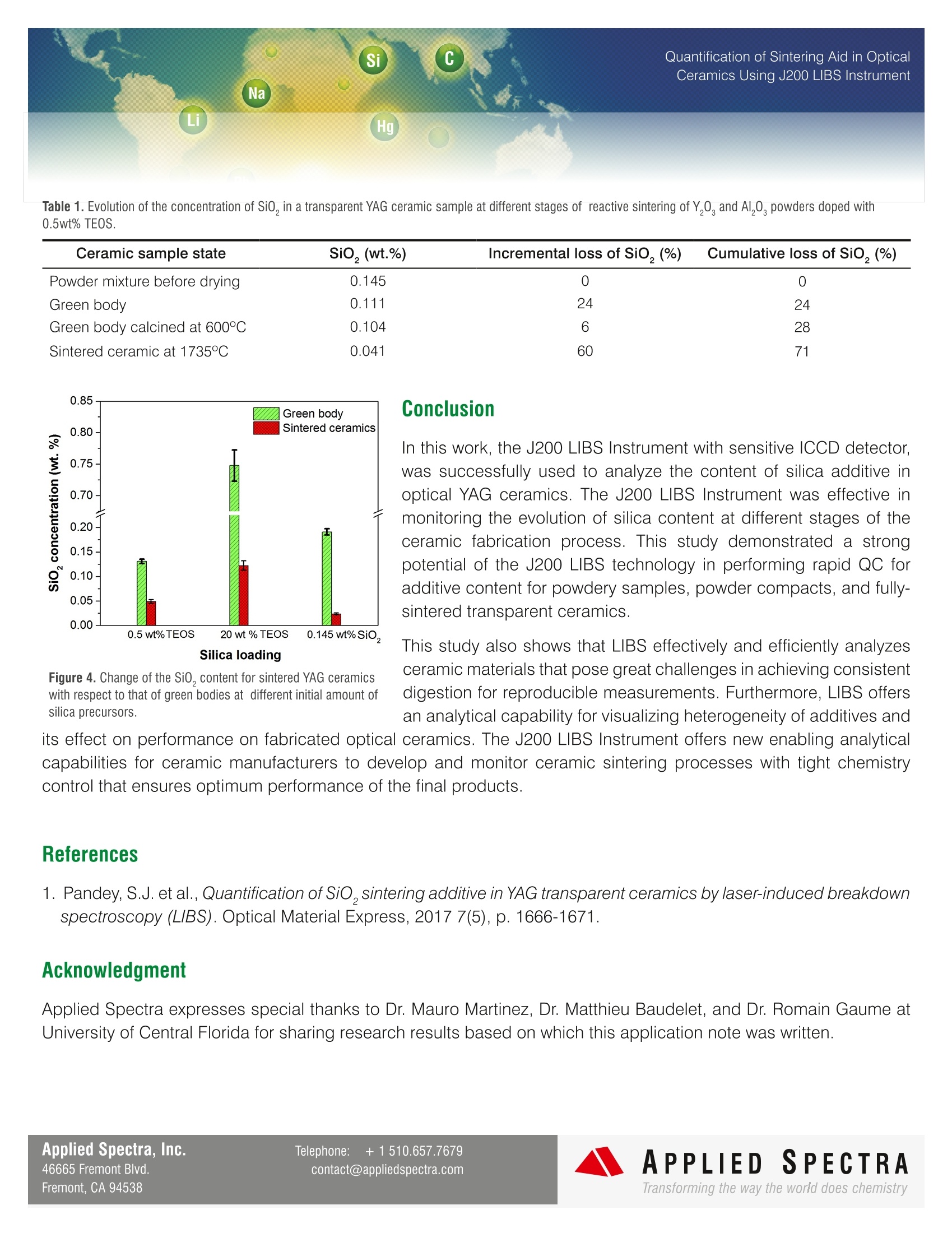
还剩2页未读,是否继续阅读?
北京富尔邦科技发展有限责任公司为您提供《陶瓷制造中二氧化硅含量的变化检测方案(激光诱导击穿)》,该方案主要用于其他中二氧化硅含量的变化检测,参考标准--,《陶瓷制造中二氧化硅含量的变化检测方案(激光诱导击穿)》用到的仪器有美国ASI 激光诱导击穿光谱仪(LIBS)
推荐专场
相关方案
更多

